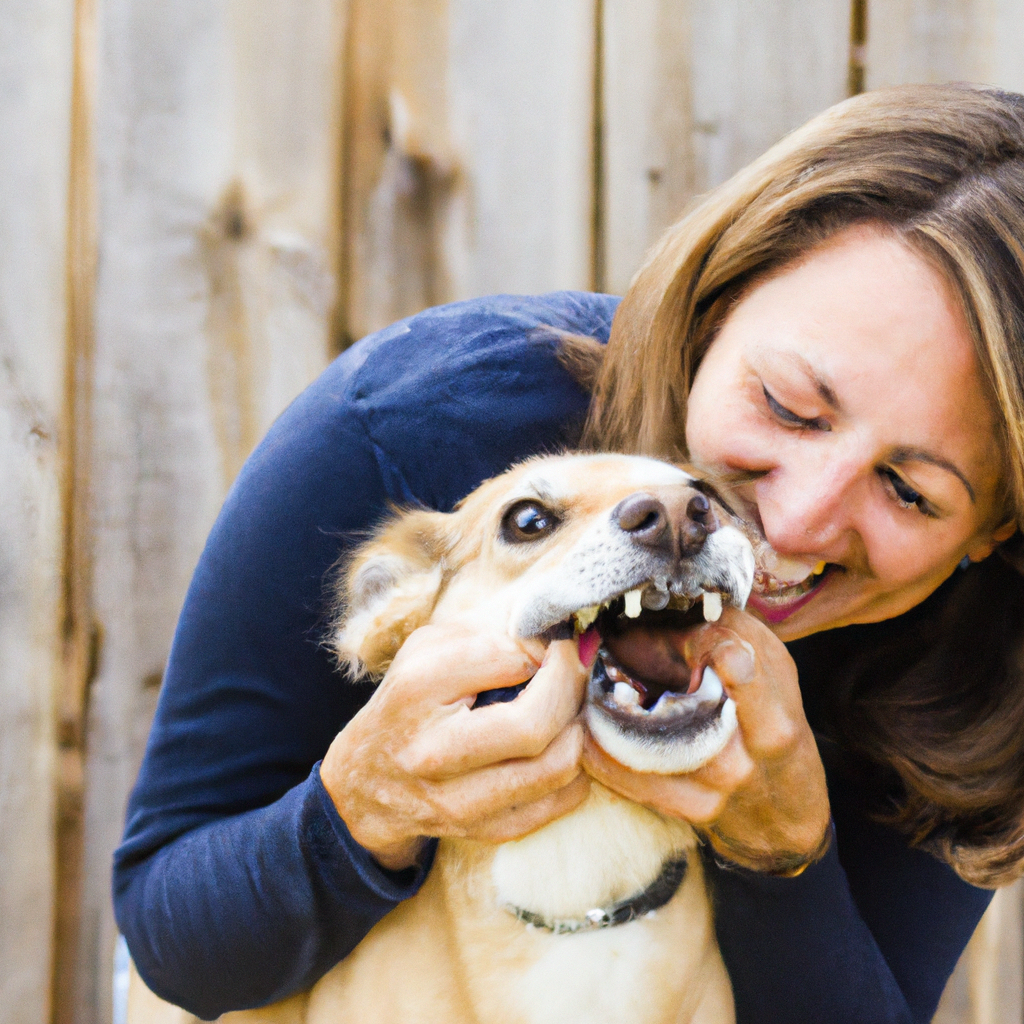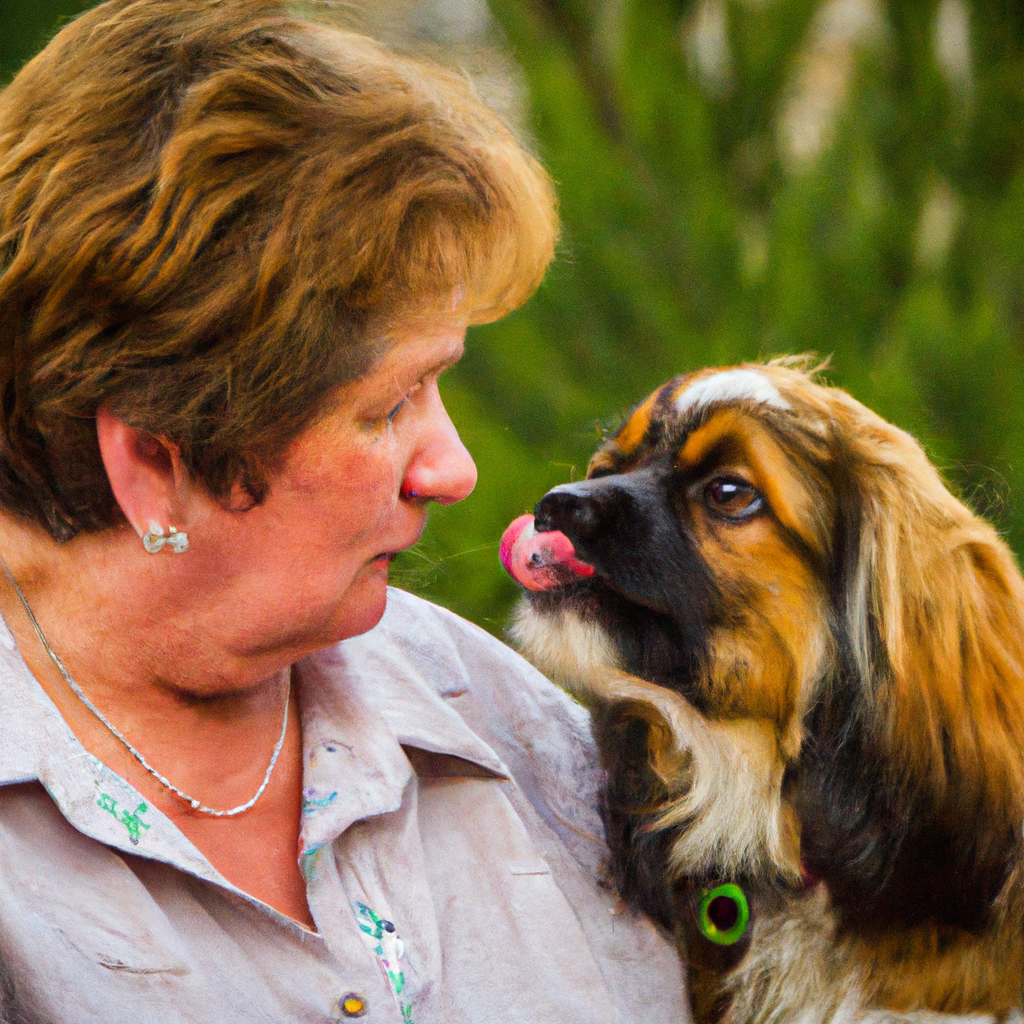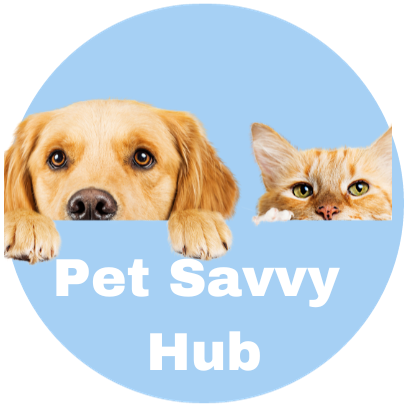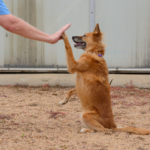If you want to train your beloved furry friend in a gentle and effective way, look no further. This article explores the world of gentle dog training methods that prioritize positive reinforcement and understanding your dog’s unique needs. From teaching basic commands to addressing behavioral issues, you will discover practical tips and techniques that will strengthen the bond between you and your canine companion. Say goodbye to harsh training methods and say hello to a more compassionate approach that brings out the best in your furry friend.

Understanding Gentle Dog Training Methods
When it comes to training your dog, choosing gentle methods is not only kinder but also more effective in the long run. Gentle training methods focus on positive reinforcement, reward-based techniques, and clicker training. These approaches help build trust and a strong bond between you and your furry friend while promoting a positive and cooperative attitude.
Positive Reinforcement
Positive reinforcement is a fundamental technique in gentle dog training. It involves rewarding your dog for desired behaviors and ignoring or redirecting them from unwanted behaviors. By using treats, affection, or praise, you can show your dog what they’re doing right and encourage them to repeat those actions. This method helps your dog associate good behavior with positive outcomes, making them more inclined to obey your commands.
Reward-based Training
Similar to positive reinforcement, reward-based training revolves around using rewards to reinforce good behavior. Rewards can include treats, toys, or even playtime. By rewarding your dog for following commands or displaying desired behaviors, you create a positive association and make the training experience enjoyable for both of you. This method not only motivates your dog to listen but also strengthens the bond between you.
Clicker Training
Clicker training is a popular gentle training method that relies on a small device called a clicker. The clicker emits a distinct sound that marks the moment your dog performs the correct behavior or follows a command. By pairing the clicker sound with a reward, such as a treat, your dog learns to associate the clicking sound with positive reinforcement. Clicker training helps dogs understand what behavior earns them a reward and promotes faster and more precise learning.
Building a Strong Bond with Your Dog
Building a strong bond with your dog is crucial for effective training and a harmonious relationship. To achieve this, you must establish trust, create a positive association, and communicate effectively with your furry companion.
Establishing Trust
Trust forms the foundation of any successful training relationship. To establish trust, ensure that you provide a safe and nurturing environment for your dog. Be consistent in your actions, avoid harsh punishments, and focus on positive reinforcement. By showing your dog that you are a reliable and caring leader, they will feel secure and be more willing to listen and obey.
Creating a Positive Association
Creating a positive association with training sessions is essential for keeping your dog engaged and excited to learn. Make training sessions fun and rewarding by using treats, toys, or games. Incorporate play into your training routine to make it enjoyable for both of you. By associating training with positive experiences, your dog will be eager to participate and more likely to retain what they’ve learned.
Effective Communication
Clear and effective communication is key to successful training. Dogs rely heavily on body language, tone of voice, and specific cues to understand what is expected of them. Use consistent verbal commands, hand signals, and body language to convey your expectations clearly. Remember to keep your commands simple and concise, allowing your dog to process and respond accordingly.
Basic Obedience Training Techniques
Basic obedience training is the foundation of a well-behaved and obedient dog. Teaching your furry friend essential commands like sit, stay, lie down, and come can make everyday interactions easier and safer.
Sit
Teaching your dog to sit is one of the first commands to start with. Hold a treat close to your dog’s nose, then slowly move your hand upwards, causing their head to follow the treat and their bottom to lower into a sitting position. Once they are seated, say “sit,” and reward them with the treat and praise. Repeat this process until your dog learns to sit on command.
Stay
The “stay” command is crucial for keeping your dog safe in various situations. Start by asking your dog to sit. Once they are in a sitting position, extend your hand in front of their face and say “stay” while taking a step back. If your dog remains in place, return to them, reward them, and offer praise. Gradually increase the distance and duration of the stay command, reinforcing it with rewards each time.
Lie Down
Teaching your dog to lie down can be beneficial when you want them to stay calm or occupy a specific spot. Begin with your dog in a sitting position. Hold a treat near their nose and, while moving your hand down towards the ground, say “lie down.” As your dog follows the treat downward, reward them with praise and the treat once they are fully lying down. Practice this command regularly until your dog responds reliably.
Come
The “come” command is crucial for safety and control when your dog is off-leash. Start in a low-distraction area, crouch down, and say your dog’s name followed by “come” in a cheerful tone. Encourage them to come to you by patting your legs, using a high-pitched voice, or offering a treat. When your dog reaches you, reward them with praise and a treat. Gradually increase the distance and distractions, reinforcing the command consistently.

Problem Behavior Correction
Addressing problem behaviors early on is essential to maintain a well-behaved and happy dog. By using gentle techniques, you can correct behaviors like barking, jumping, and pulling on a leash without resorting to harmful or punitive methods.
Barking
Barking is a natural form of communication for dogs, but excessive or nuisance barking can become problematic. Gentle methods to address excessive barking include identifying the triggers, redirecting focus, and using positive reinforcement. For example, if your dog barks at the doorbell, teach them an alternative behavior like going to a designated spot and rewarding them for staying calm.
Jumping
Jumping up on people can be a challenging behavior to correct. Instead of punishing your dog, redirect their behavior by teaching them an alternative command such as “sit” or “off.” Use positive reinforcement to reward your dog when they respond to the alternative command. Consistency and patience are key in teaching your dog that jumping is not a desirable behavior.
Pulling on a Leash
Leash pulling can make walks unpleasant and unsafe. Engage your dog’s attention with treats or toys to reinforce walking by your side. Practice loose-leash walking in low-distraction environments, rewarding your dog for staying next to you. Gradually increase distractions, reinforcing the desired behavior and redirecting their attention whenever they start to pull.
Socializing Your Dog
Socializing your dog is crucial for their overall well-being and helps prevent behavioral issues. Proper socialization includes exposing your dog to other dogs, new people, and different environments.
Meeting Other Dogs
Introduce your dog to other dogs in a controlled environment. Start with calm and friendly dogs, and gradually increase the complexity of the interactions. Allow your dog to approach other dogs at their own pace and reward them for calm and non-aggressive behavior. This positive exposure helps your dog build confidence and develop appropriate social skills.
Meeting New People
Expose your dog to various individuals, including adults, children, and individuals wearing different attire or accessories. Ensure the encounters are positive by giving your dog treats or praise when they interact calmly. Encourage gentle petting and discourage any rough play or overly excited behavior. Regularly exposing your dog to new people will help them become comfortable in different social situations.
Handling Different Environments
Expose your dog to various environments, such as parks, beaches, or crowded streets. Start with low-stress environments and gradually increase the level of distractions. Expose your dog to different surfaces, sounds, and smells, rewarding them for calm behavior. This exposure helps your dog adapt to new places and reduces anxiety or fear in unfamiliar situations.
Training for Specific Tasks
In addition to basic obedience training, specific tasks require additional training to ensure your dog’s comfort, safety, and convenience.
House Training
House training is essential for teaching your dog appropriate elimination habits. Establish a routine by taking your dog outside to a designated spot at regular intervals, such as after meals or wakes up from a nap. Reward your dog for eliminating in the correct spot, using treats or praise. Be patient and consistent, and avoid punishment if accidents occur. Over time, your dog will understand where to eliminate and develop good habits.
Crate Training
Crate training provides your dog with a safe and comfortable space of their own. Introduce the crate gradually, allowing your dog to explore it at their own pace. Make the crate inviting by placing comfortable bedding and toys inside. Use treats or meals to positively associate the crate with rewards. When leaving your dog in the crate, ensure it is for appropriate durations and always provide them with mental and physical stimulation.
Walking on a Leash
Walking on a leash requires training to ensure your dog walks calmly beside you without pulling or lunging. Start in a distraction-free environment, using treats or toys to keep your dog’s attention on you. Reinforce walking by your side and reward them for good leash manners. Gradually introduce distractions, such as other dogs or people, and reinforce the desired behavior. Remember to be patient and consistent throughout the training process.
Training for Advanced Tricks
Once your dog has mastered basic obedience commands, you can challenge them with advanced tricks to keep their minds stimulated and entertained.
Roll Over
Teaching your dog to roll over is a fun and impressive trick. Start by commanding your dog to lie down. Hold a treat close to their nose and slowly move it towards their shoulder. As your dog follows the treat with their head, their body should naturally roll over. Once they complete the motion, reward them with praise and a treat. Practice this trick regularly, gradually reducing the treat rewards while still praising them for successfully rolling over.
Play Dead
Play dead is another entertaining trick that can be taught after mastering the “lie down” command. With your dog in a lying position, give the command “play dead” while gently rolling their body to one side. Reward them with treats and praise when they remain limp and relaxed. As your dog becomes more familiar with the command, gradually add an accompanying hand signal. With consistent practice, your dog will learn to play dead on command.
Retrieve Objects
Teaching your dog to retrieve objects can be useful and fun. Begin by rewarding your dog for picking up objects. Use a specific command, such as “fetch” or “take it,” and encourage your dog to bring the item to you. When they do, reward them with praise and a treat. Gradually increase the distance and difficulty of the retrieval, using toys or other items. With practice, your dog will become proficient in retrieving objects on command.
Dealing with Fear and Anxiety
Some dogs may experience fear or anxiety in certain situations. It is important to address these emotions using gentle methods to support your dog’s emotional well-being.
Desensitization
Desensitization involves exposing your dog to fearful or anxiety-inducing stimuli in a gradual and controlled manner. Start with a low level of exposure, rewarding your dog for remaining calm. Gradually increase the intensity or duration of the stimulus while continuing to reward calm behavior. This gradual exposure helps your dog overcome their fears and build confidence.
Counter-conditioning
Counter-conditioning involves changing your dog’s emotional response to a fearful or anxiety-inducing stimulus by associating it with positive experiences. For example, if your dog is fearful of loud noises, play a recording of the noise at a low volume while engaging them in a fun activity or offering treats. Over time, increase the volume while maintaining positive associations. This method helps your dog develop a positive association with previously fear-triggering stimuli.
Creating a Safe Space
Provide your dog with a designated safe space where they can retreat and feel secure. This space could be a crate, a cozy corner in the house, or a quiet room with their bed and toys. Respect their need for alone time and ensure the safe space remains a positive and comfortable environment for them. Avoid forcing your dog into uncomfortable situations and provide reassurance and comfort when needed.
Managing Aggression
Aggression in dogs can be concerning and potentially dangerous if not addressed. Managing aggression using gentle techniques is crucial for the safety of everyone involved.
Identifying Triggers
Identifying the triggers for your dog’s aggression is the first step in managing the behavior. Observe your dog’s body language and the specific situations that lead to aggressive behavior. Common triggers include fear, resource guarding, or territoriality. Understanding the triggers allows you to avoid or minimize them and create a safe and controlled environment.
Redirecting Focus
When your dog shows signs of aggression, redirect their focus to an alternative behavior that is incompatible with aggression. For example, ask your dog to sit or perform another command that requires them to focus on you. Reward them for calm behavior and gradually increase the difficulty of the commands to keep their attention away from the triggering situation.
Using Positive Reinforcement
Positive reinforcement is essential in managing aggression. Reward your dog for calm and non-aggressive behavior, even in challenging situations. Use treats, praise, and toys to reinforce positive behaviors and create a strong association between calmness and rewards. Seek professional guidance if your dog’s aggression persists or escalates.
Maintaining Consistency and Patience
Consistency and patience are key to successful dog training. By establishing routines, reinforcing desired behaviors, and avoiding punishment, you create an environment that nurtures learning and growth.
Establishing Routines
Dogs thrive on routines. Establish a consistent schedule for feeding, exercise, training, and rest. Consistency helps your dog anticipate what is expected of them and reduces uncertainty or anxiety. Stick to the routines as much as possible, providing stability for your dog and reinforcing their training.
Reinforcing Desired Behaviors
Consistently reinforce desired behaviors through positive reinforcement. Use rewards, praise, and affection to let your dog know when they are doing well. This positive feedback provides motivation for your dog to continue displaying desirable behaviors and builds their confidence in the training process.
Avoiding Punishment
Punishment is not an effective or humane way to train your dog. Avoid using physical force, shouting, or any aversive methods that can harm your dog emotionally or physically. Instead, focus on positive reinforcement techniques that reward good behavior. By avoiding punishment, you maintain a positive and trusting relationship with your dog.
By implementing these gentle dog training methods, you can effectively teach your furry friend obedience, correct problem behaviors, build their social skills, and provide a nurturing and loving environment. Remember to be patient, consistent, and always prioritize your dog’s well-being. With proper training and care, you’ll create a strong bond with your dog that lasts a lifetime.









